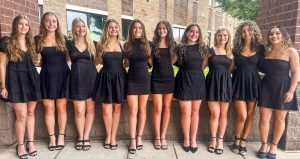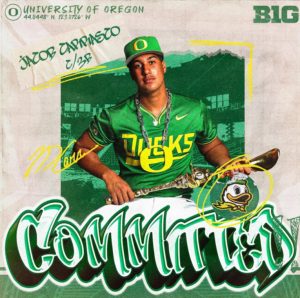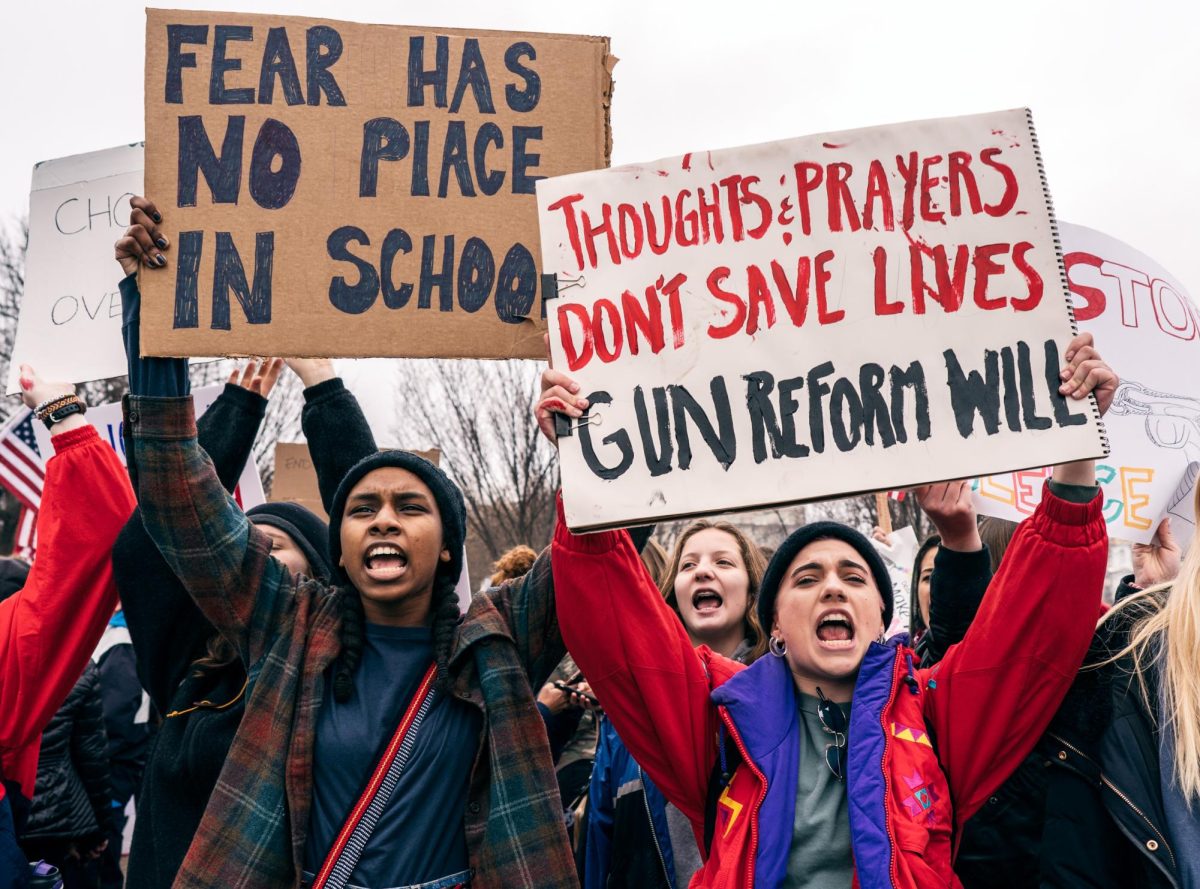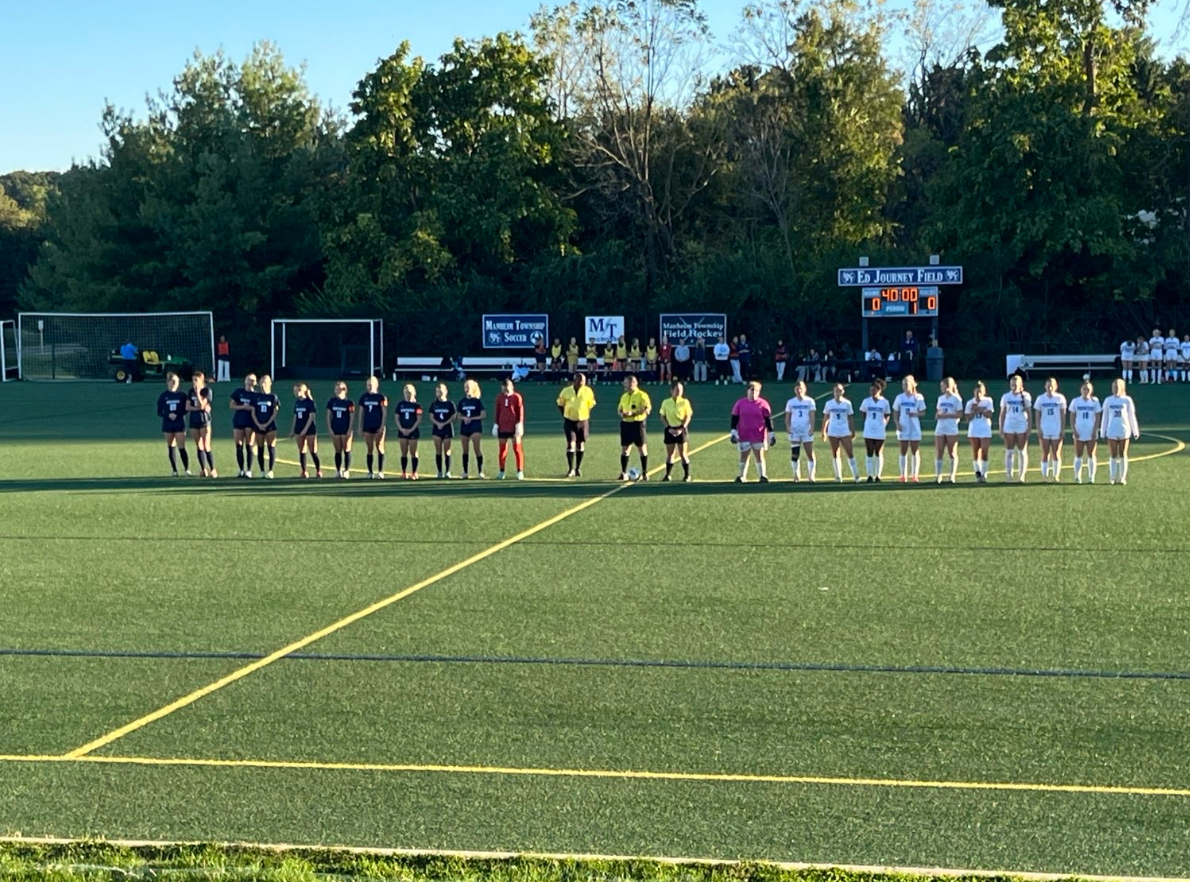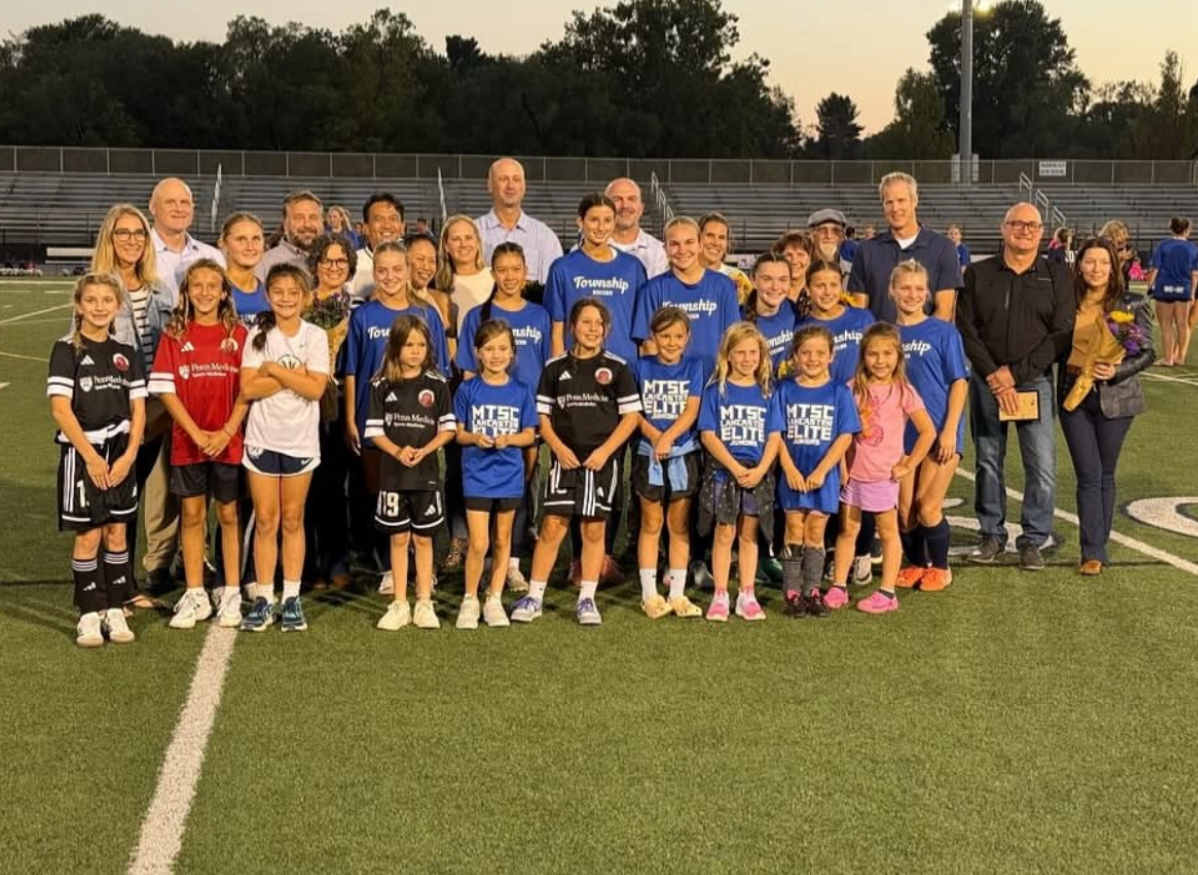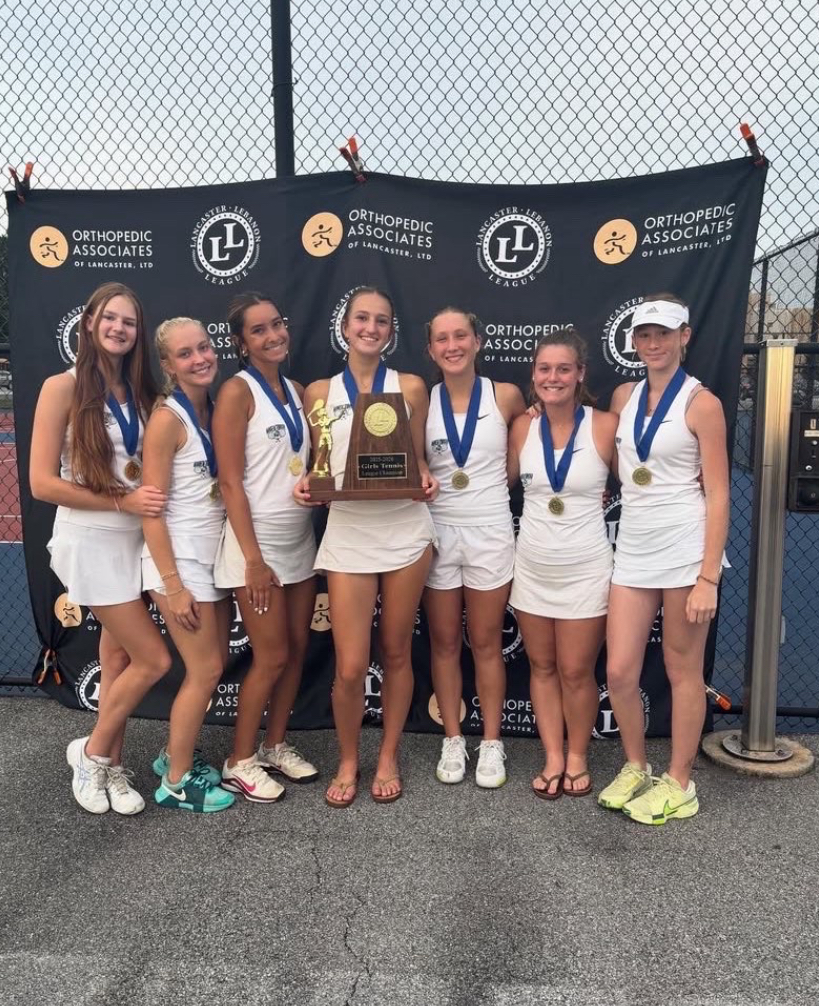Opinion: COVID-19 damages the college entrance process
December 14, 2020
The college application process has vastly changed from a typical year. During a normal year, high school students would be visiting schools and taking SATs. Seniors would be making final decisions. But working around the pandemic is not easy. Virtual tours have replaced in person tours, testing locations often cancel SATs at the last minute, and schools have gone test-optional. These changes have shifted the way students decide on colleges.
With very few schools offering in-person tours, many have turned to virtual tours and websites as the only way to make decisions. I have visited college campuses pre-pandemic, and it is an important part of deciding which schools to apply to. Being on the campus gives you a sense of the environment, people, and an opportunity to visit a class.
However, I have found that virtual tours, however, don’t provide the same experience. Information from virtual tours blends together, and it is a lot harder for schools to seem set apart from each other because they are all done at home, and presented in similar ways. You can’t get a feel for the campus or that moment where you realize that you want to go there. I think Covid-19 has made the college decisions process more fact-based and less about a gut feeling that you want to go to a specific school. Students can no longer look back on two college visits and think about which they enjoyed the most, which had better professors or which felt right. They have virtual tours that give them facts and websites giving them even more information.
SATs have been canceled or delayed in many testing locations due to Covid cases rising, especially in March as the pandemic started. This can affect a student’s ability to take the test, or how many times they can take it. As SAT scores are a big part of getting into college, this was very stressful for some students. Most schools have waived testing so that it is not required, which eases some of the pressure to find a time and date where the SAT is available. But some schools still have supplements for test-optional applications, which means students have even more to do on those applications.
Colleges usually have a range that they tend to accept in SAT scores. A test-optional student could not look at that range and see if they are likely to get into the school, which changes the way they make that decision. They might look at GPA, or simply apply to a school not being sure if they’d get in or not. Reach, match and safety schools are often classified using their SAT acceptance range, making it harder for students to know where they fall. This adds more uncertainty to the college admissions process.
Students are taking a leap of faith seeing that they only get the information that a school presents to them, and have no chance to experience the school beforehand. This makes the decision a lot more information-based, which could be a good thing. However, I think that it is also important to be able to tell that a college feels right. Covid-19 has hindered that ability, changing the way the decision is made.
All in all, people have worked around a pandemic to choose and apply to colleges. Although it may be harder for students to take the SAT, tell which schools they could get into, and decide where to apply and go, many people have adapted. To adapt, colleges have waived the SAT, students take virtual tours, and drive around campus rather than tour. Although it is not ideal, students and colleges are working together to have a normal experience and stay safe during this time.




